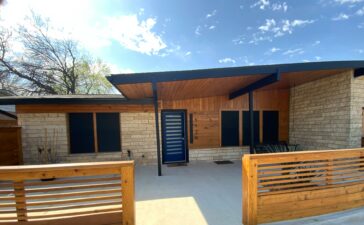Women who work in tough industries need safe shoes, not just because someone says, but because their jobs can be risky. Picking good work boots makes a real difference for foot safety, ease, and support during many hours at work. Across Australia, sectors like construction, mining, and farming are huge, making boot selection crucial for women doing these jobs. Both steel toe and composite toe boots are common options. Each type has its own points that can help or not suit, based on the job and the person’s needs.

The Importance of Safety Footwear for Women
Industrial, construction, or outdoor jobs bring dangers like things falling, big machines, and surfaces that aren’t flat. Boot makers build safety boots to lower these dangers, yet not every boot does the job equally. Women’s feet shape is different from men’s, heels often narrower and foot volume usually less. So, it becomes necessary to pick boots that fit safely and match the foot shape. Australian stores now have steel cap boots womens designs for this, letting women avoid wearing men’s boots that might not fit right. Boots must offer a mix of safety and ease so that wearing them all day does not hurt or tire the wearer.
Steel Toe Boots: Traditional Strength and Proven Protection
Safety boots have used steel toes for many years everywhere. The steel cap in the toe region prevents feet from being crushed or struck. Female workers who work with tools, equipment, or materials on a daily basis rely on steel toe boots since the design is secure and long-lasting. Work in Australia’s construction and mining industry adheres to strict safety regulations, and steel toe boots meet or even exceed those levels. A key thing to note, steel toe boots often weigh more, which might make them not feel comfortable after hours of use. There are women who find steel toes cold in winter or warm in summer because steel moves temperatures fast, which can be tough in extreme Australian climates. Still, steel toe boots get picked a lot for their strong protection, especially where chances of hurting feet are higher.
Composite Toe Boots: Lightweight and Non-Metallic Alternative
Composite boots don’t pass cold or heat the way steel does, so for jobs outside or in places with no weather control, composite can feel better for the wearer. People working with heavy use of metal detectors, like in airport or secure sites, benefit from the non-metal build. While composite toe boots guard feet well, they might not always be as good as steel at stopping injury if something heavy hits or presses down hard, especially in extreme work.
Comfort and Fit: A Key Consideration for Women
Getting a boot that is easy to wear matters as much as keeping feet safe. Many women say boots aimed at men miss giving the right fit, leading to things like sore feet or blisters that could grow into bigger health problems over time. Australian boot brands get this, so now they offer women’s work boots that use female foot shapes, have smaller sizes, and bring better support inside. Support under the foot, grip on the sole, and a steady ankle matter for feeling good in boots, no matter what guards your toes. Comfort and right foot position give value for women working long hours, so safe and well-shaped design needs to match the job too.

Industry Requirements and Personal Preferences
Jobs in mining, building, or with heavy machinery in Australia sometimes demand steel toe boots to meet strict rules. When working in warehouses, light factories, or if metal detectors are common, composite toe boots can match safety needs at a lighter weight. Personal choice helps with picking too. Some women want the most protection and do not mind if the boot is heavy, so they take steel toe. Others care about moving quickly, feeling less strain, or working in jobs where the air temperature changes a lot, so they pick composite toe. Every woman should check the weather, their foot’s feeling, the risks at work, and the safety rule before they buy a boot.





